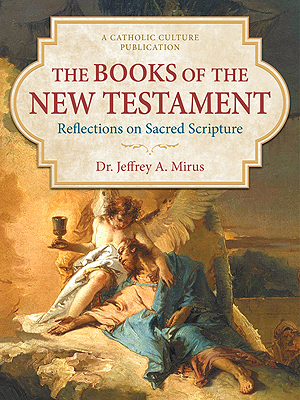Catholic World News News Feature
Chaldean, Assyrian Churches Of The East Seek Full Unity December 17, 1996
SOUTHFIELD, Michigan (CWN) - On November 29, Patriarch Mar Raphael BiDawid of the Chaldean Catholic Church and Patriarch Mar Dinkha IV of the Assyrian Church of the East, met at the Chaldean Chancery in Southfield, Michigan to discuss prospects of unity between their two Churches.
In accordance with the canonical rules of their denominations, both patriarchs discussed various proposals which would be submitted to their respective synods of bishops in the future. According to an official statement published following the meeting, both church leaders explored "several common ecclesial and cultural dimensions that, today bind their two churches and people together." These included their mutual faith in Jesus Christ, their common liturgical and theological tradition, as well as their common cultural heritage.
The patriarchs agreed to create a "Joint Commission for Unity," whose members will be appointed by the churches' synods of bishops. The task of this Commission will be to develop a common "Catechism of the Church of the East," to establish a training center in the Chicago-Detroit region for priests, deacons and catechists, to discuss the liturgical and cultural role of the Aramaic language, and to develop pastoral programs and literary projects as a means of cultural collaboration between parishes and dioceses of the Chaldean Catholic Church and the Assyrian Church of the East.
The Chaldean Catholic Church separated from the Assyrian Church of the East in 1553, when bishops who disagreed with the Assyrian Church's nomination policy for patriarchs, sent an abbot, Sulaqa, to Rome to seek union with the Vatican. Sulaqa was eventually appointed Patriarch of the Chaldeans by Pope Julius II. When he arrived at his see in Mosul (current Iraq) in late 1553, Patriarch Sulaqa began to initiate a series of reforms within his Church. This attracted the anger of the Assyrian Patriarch, who had him captured and killed. As the conflict between the Chaldean and Assyrian Churches became more intense, many Assyrians chose to unite with Rome. Currently, two-thirds of the Assyrian faithful are members of the Chaldean Catholic Church as a result of various missionary and other factors.







